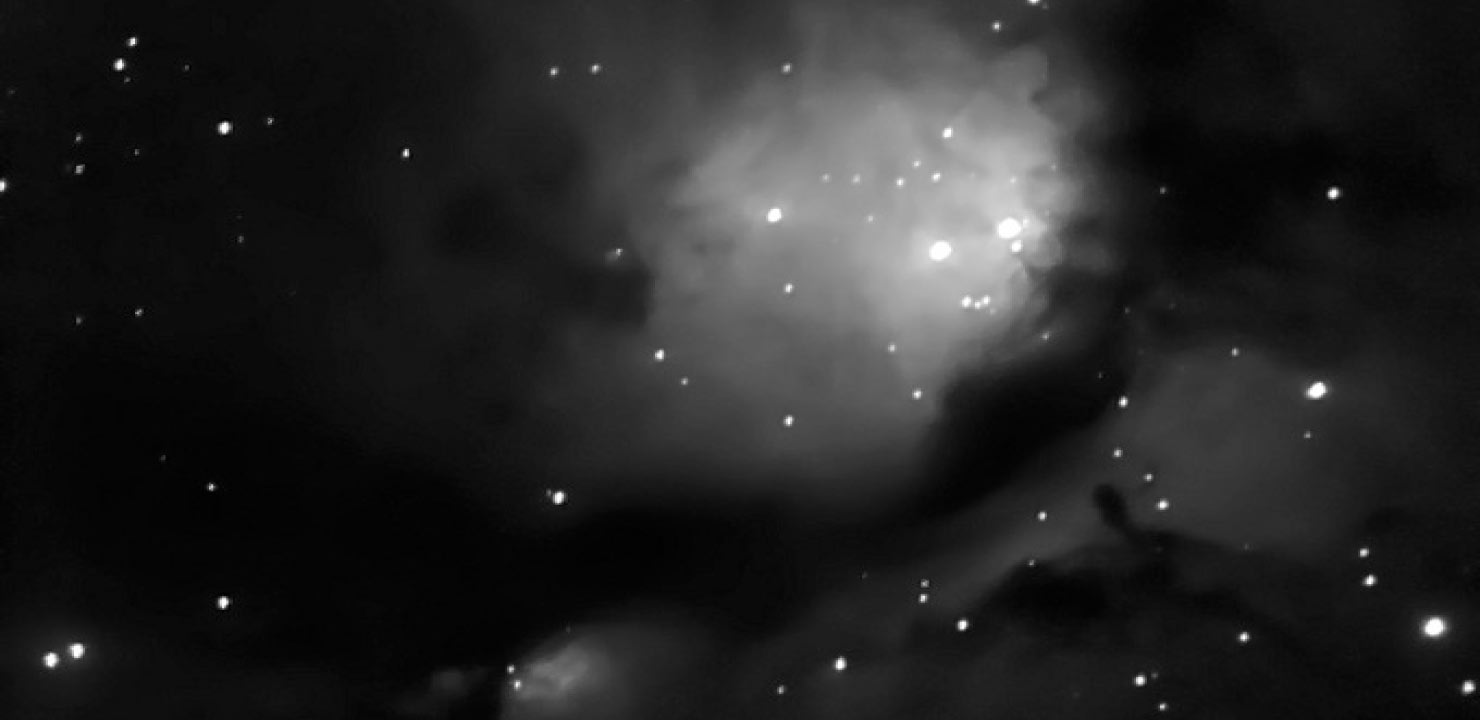The Sky in January
Meteor Shower
Quadrantids
Peaks January 2-4January Constellations & Folklore
By Francine JacksonObserving Projects for January
Some Bright Winter Double Stars
: By Glenn ChapleA Selection of Double Stars in Orion
: By Glenn ChapleM74: Galaxy in Pisces
: By Glenn ChapleA Selection of Double Stars in Gemini
: By Glenn ChapleA Selection of Double Stars in Cancer
: By Glenn ChapleA Selection of Double Stars in Andromeda
: By Glenn ChapleStruve 817 Orionis
: By Glenn Chaple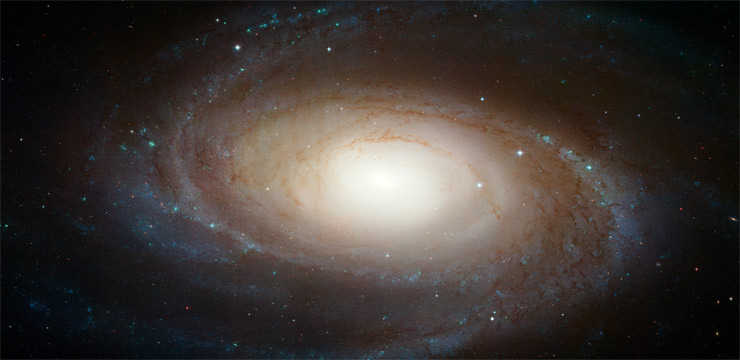
A Better Galaxy Guide: Early Spring
: By Craig CortisA White Dwarf You can Actually See!
: By Craig Cortis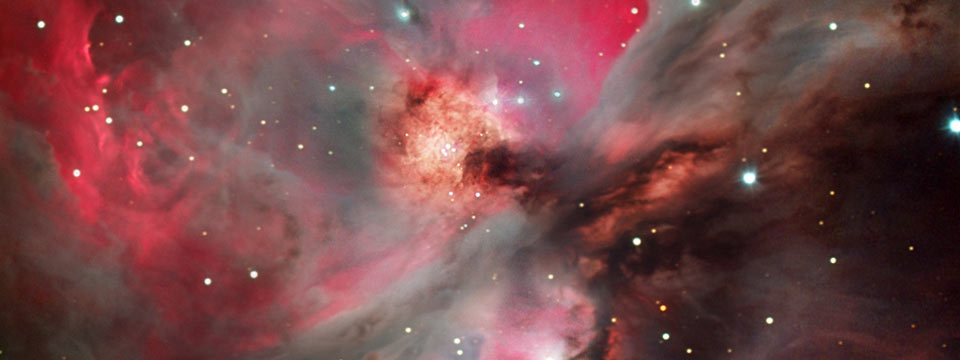
The Winter Circle
: By Dave HuestisNGC 2362: Open Cluster in Canis Major
: By Glenn ChapleBeta Persei (Algol, the "Demon Star")
: By Glenn Chapleh 3945 Canis Majoris
: By Glenn ChapleBeta Orionis (Rigel)
: By Glenn ChapleOmicron Ceti (Mira, the “Wonderful”)
: By Glenn ChapleJanuary Constellations & Folklore
: By Francine Jackson
NGC 457 (the “ET Cluster”)
: By Glenn ChapleOrion the Hunter
: By Dave Huestisβ Monocerotis
: By Glenn ChapleThe Full Moon in January
: By Francine JacksonM33: Galaxy in Triangulum
: By Glenn Chaple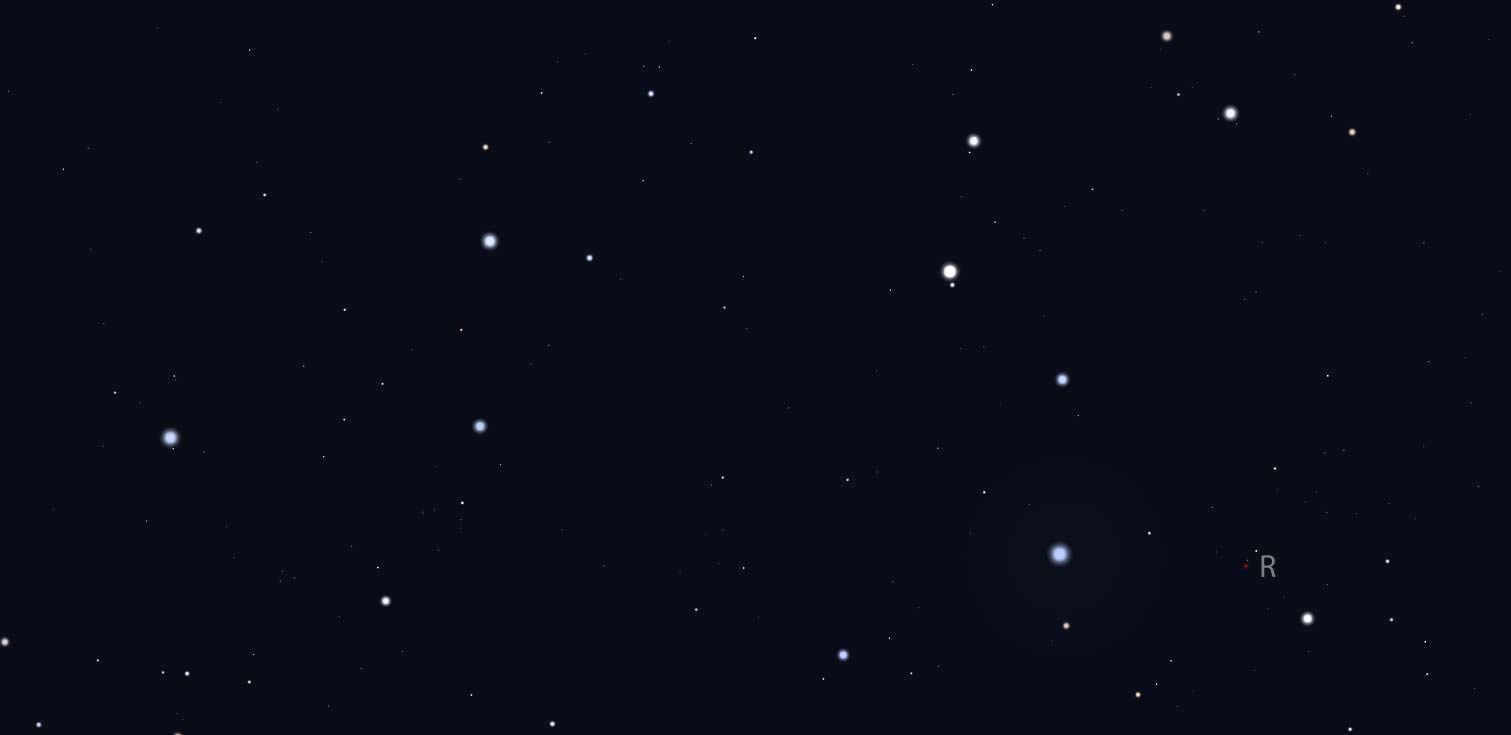
Variable Star R Leonis
: By Glenn Chaple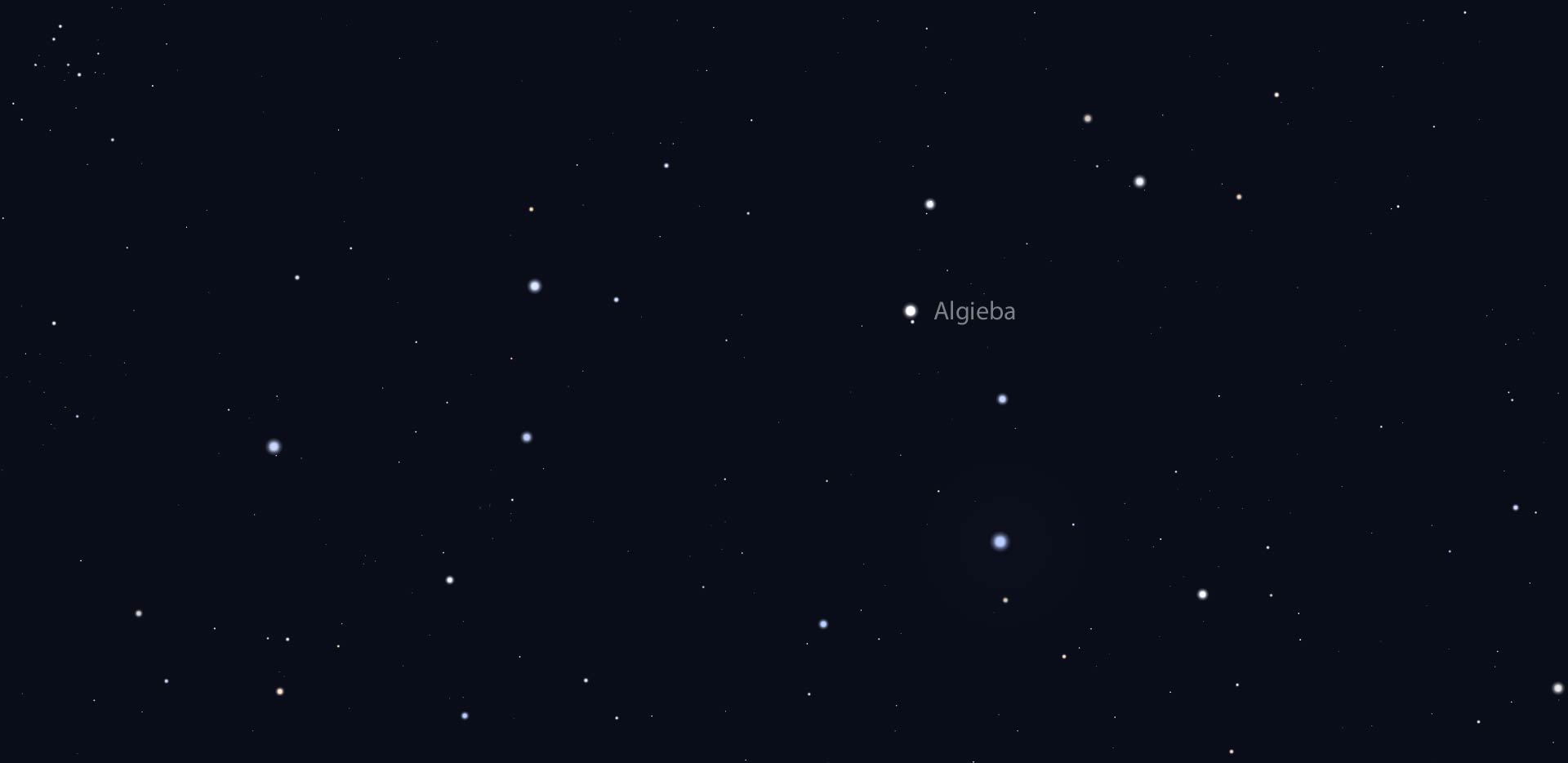
Algieba: Double Star in Leo
: By Glenn Chaple
NGC 891: Edge-on Galaxy in Andromeda
: By Glenn Chaple
Happy Perihelion!
: By Francine Jackson
Kaffaljidhma: Double Star in Cetus
: By Glenn Chaple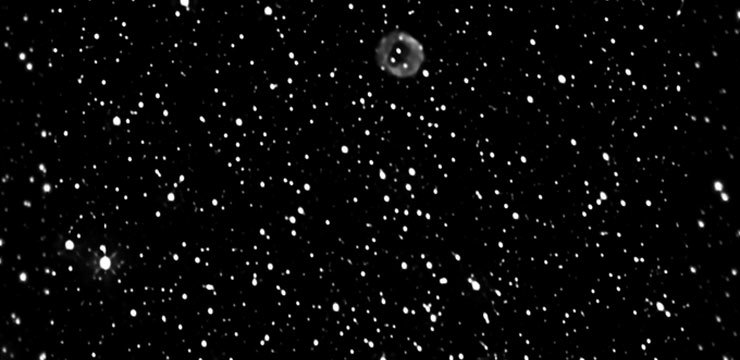
M46 & NGC 2438
: By Glenn Chaple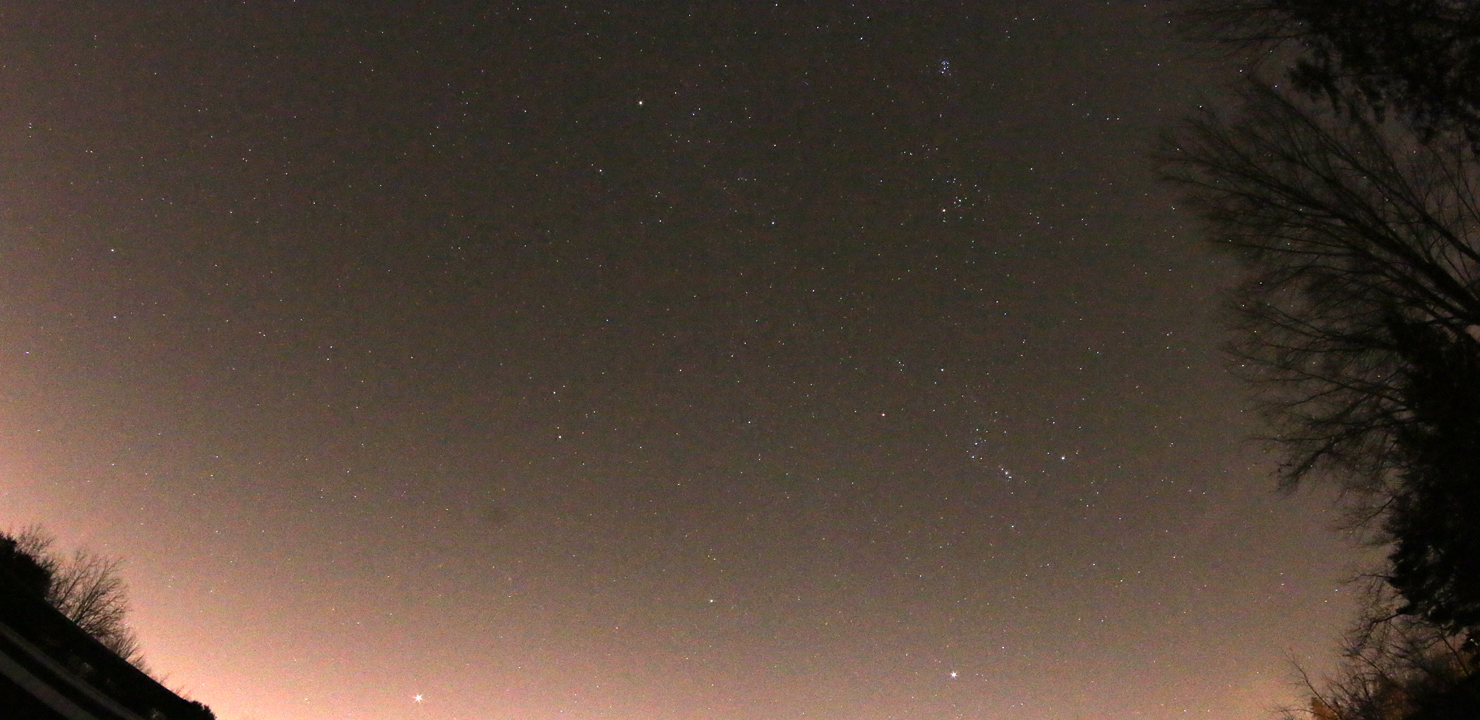
Observing the Winter Circle
: By Dave HuestisReason for the Season(s)
: By Dave HuestisStruve 2816 and 2819: Triple and Double Stars in Cepheus
: By Glenn Chaple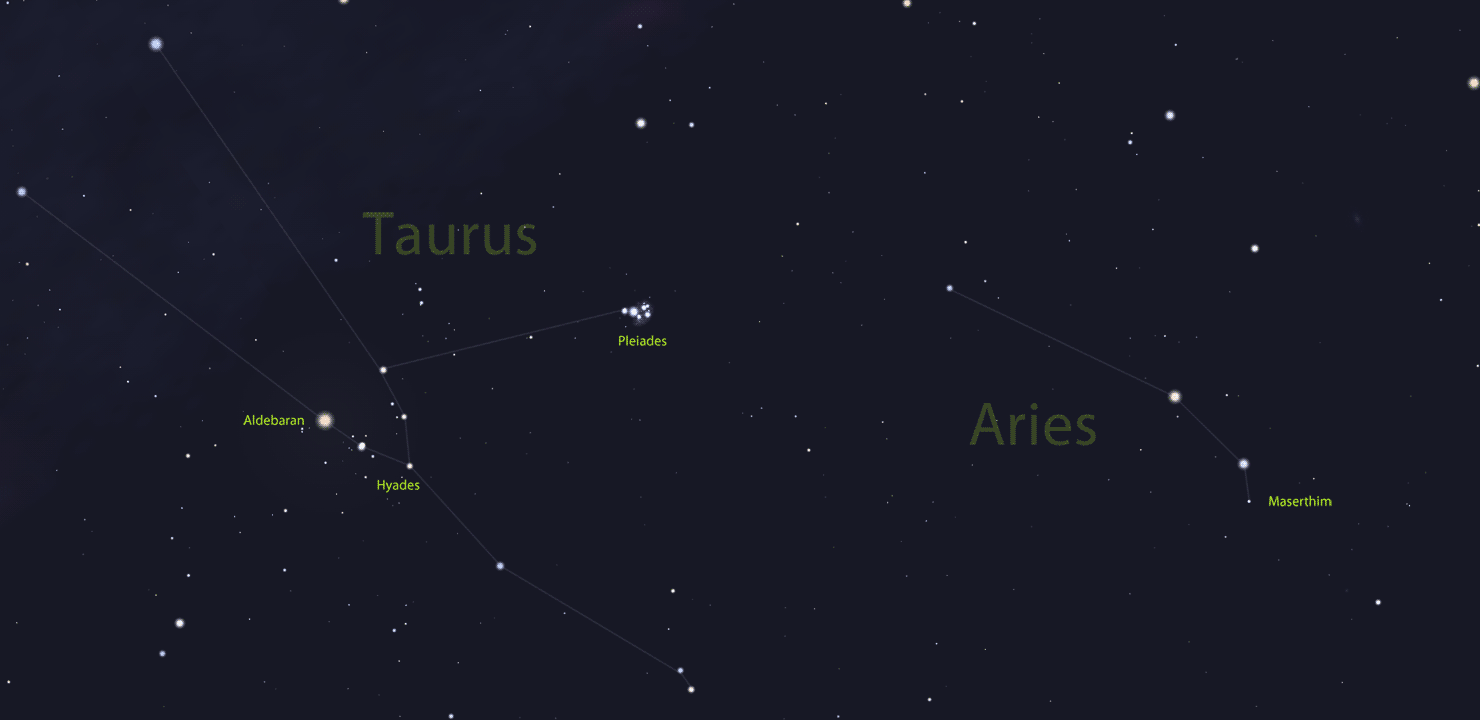
Maserthim (γ Arietis)
: By Glenn ChapleNGC 7662: the Blue Snowball
: By Glenn ChapleTriple Star 40 Eridani
: By Glenn Chaple